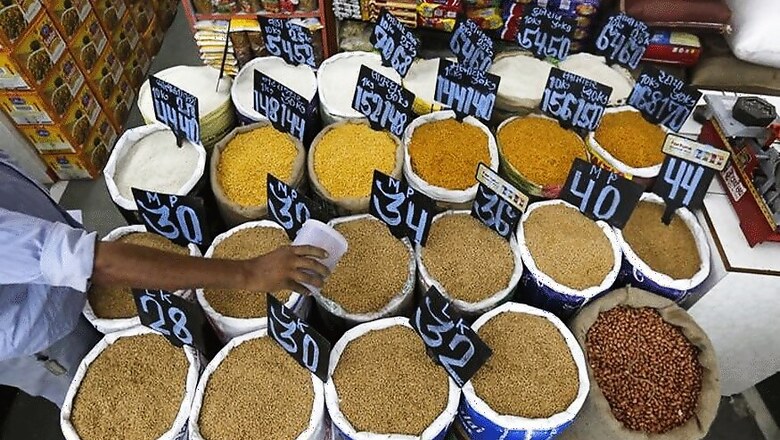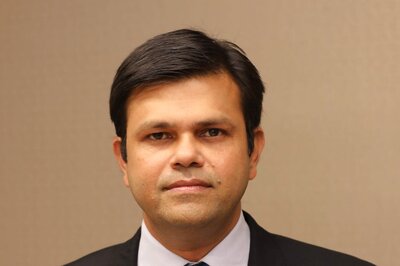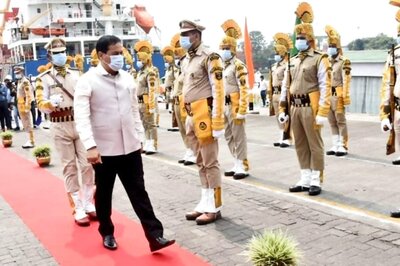
views
New Delhi: The country's annual retail inflation eased in June to its slowest pace in more than five years, as food prices fell, building pressure on the central bank to cut interest rate when it meets for a monetary policy review on August 2.
The consumer price index rose 1.54 percent in the 12 months through June, down from an increase of 2.18 percent in the previous month and slower than the forecast of economists in a Reuters poll, data released by the Ministry of Statistics showed on Wednesday.
Economists in a Reuters poll had predicted inflation to ease to 1.7 percent last month.
This is the lowest inflation rate since the country started releasing retail inflation data in January 2012 based on a combined CPI index for rural and urban consumers.
Elsewhere in Asia, China's annual consumer prices remained subdued at 1.5 percent in June.
With headline inflation remaining below the Reserve Bank of India's mid-term target of 4 percent for the past eight months, industry participants and the government have sought a cut in interest rates to support economic expansion.
Economists expect that the central bank to cut interest rates in its next policy review.
"We do expect a rate cut of 25 basis points in the August policy," said Anjali Verma, an economist with Phillip Capital India.
"Unless there is some major disappointment in the monsoon, I don't see any upside risk to inflation by March 2018."
The economy grew at an annual 6.1 percent in January-March quarter, the weakest growth since late 2014, hit by Prime Minister Narendra Modi's surprise decision to scrap 86 percent of the currency in circulation in November.
Some analysts, though, say an increase in charges of services after the launch of a new tax system this month, could push up core inflation, which excludes food and energy prices, and has remained stubbornly stayed above 4 percent for years.
Separately, industrial output grew 1.7 percent in May from a year earlier, data showed.
The pace of expansion, however, was slower than a revised 2.8 percent annual rise in April and compared with a 1.9 percent growth forecast by economists in a Reuters poll.BUMPER FOODGRAINS
Analysts say expected good rains this year could lead to bumper grain production and a further slide in food prices in Asia's third largest economy.
Retail food prices fell 2.12 percent last month from a year ago, compared with a 1.05 percent fall in May. Falling food prices present a worry for the government because of the hit on millions of farm households.
The central bank now expects retail inflation to come in a 2.0-3.5 percent range for the first half of fiscal year 2017/18 and 3.5-4.5 percent in the second half, down from 4.5 percent and 5.0 percent, respectively.


















Comments
0 comment